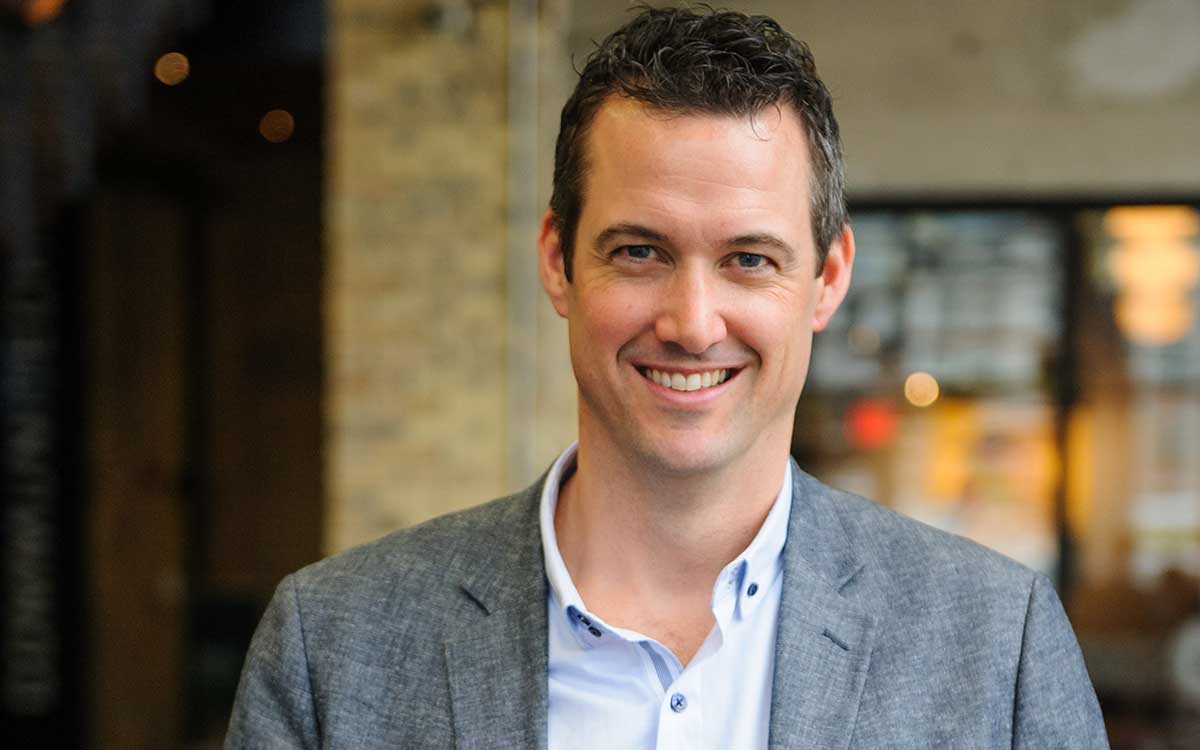
I recently ran a workshop with a local small business. They were looking for ways to identify significant friction points in their customer journey. At what points did the customer feel extreme frustration and where in the journey did the company deliver on delightful experiences. It was a great process to go through these steps:
- Customer Persona – Creating a persona for each group/types of customers. The components are pretty simple: Demographic information. Key behaviours. Needs and goals. These are put in a simple matrix and the folks around the table debate and talk about the different components. No persona is a perfect representation, but it does help understand the needs and drivers of a particular type of persona.
- Empathy Map – This is a great tool for team members to understand who their customer is, and more importantly, what this customer is seeing, saying, doing, hearing, and what their pains & gains are. This tool forces you to listen to the customer to be able to fill it out properly.
- Customer Journey. How does the customer buy your product? You must focus on the process from your customers’ point of view, not yours. This is surprisingly difficult to do when you put your ‘customer hat’ on. We often talk about this from the company point of view, not the customers.
- Highlight key friction points and opportunities to delight so that the team can begin to focus on real opportunities to improve the customer experience. You can do this by either amplifying the opportunities to delight or reducing the friction points.
After we did the discovery session using the customer journey, we spent a little time talking about the importance of testing these assumptions with the customer. We had just spent the previous two hours working through understanding the customer, but if we don’t verify this with the customer, then how do we know that we are right? So many times decisions for new products or services are made without talking to multiple customers/prospects. It seems simple, but it’s difficult to do.
The best way to get to know the opportunities to delight your customer or to relieve key friction points is to be onsite with your customer at the point of need. The best person to do this is the leader of the company. The CEO. The President. The owner. Have her/him go alongside the technician and spend time with the customer.
The way to maximize the time with the customer is to have two things clear in the CEO’s head, that they want to learn:
- A list of assumptions the team has made. These have to be verified/invalidated.
- An understanding of the customer journey and the key friction/opportunities highlighted in that journey
If they CEO knows these things, then through this conversation with the customer, they can attempt to understand how much they know about the journey, how much they need to learn, and find any opportunities that weren’t present during the strategy session.
The reason that the CEO needs to be part of this is that she/he has the best overall knowledge of the business, and should be able to evaluate the feedback from the customer based on the business. They can also take this information back to the appropriate leaders inside the company and find ways to use this information to improve customer satisfaction, increase profits, or get ahead of the competition. Those that have specific department responsibilities will often take this customer feedback only from their end, not the overall business perspective.
I have seen this experience change the CEO’s perspective forever. Almost every time a CEO spends a consistent amount of time with customers onsite, the CEO learns something pivotal to reshaping the business, improving products, or reducing costs significantly. I suggest that the CEO make a few customer visits consistently every month so at the end of 6 months, they have seen 20-30 customers.
Finally, there needs to be a framework to gather and share this information across teams. There are many collaborative tools that can be used to share information, and I won’t evaluate them here. But I will say that sharing and communication is the most important thing you can do with that information. If the CEO doesn’t share it, the company won’t be getting smarter.
The CEO needs to get out of their chair and into the customer context to drive better outcomes, more empathy towards customers, and ultimately more profitability because you will build products your customers love.

Craig Haney holds a Masters degree from University of Waterloo in Entrepreneurship and has been leading the charge for corporate innovation in Canada for almost 10 years. His work with Canadian Tire Innovations helped launch the corporate innovation program at Communitech. Currently Craig is the Vice President of Europro, a large real estate developer in Ontario.




















